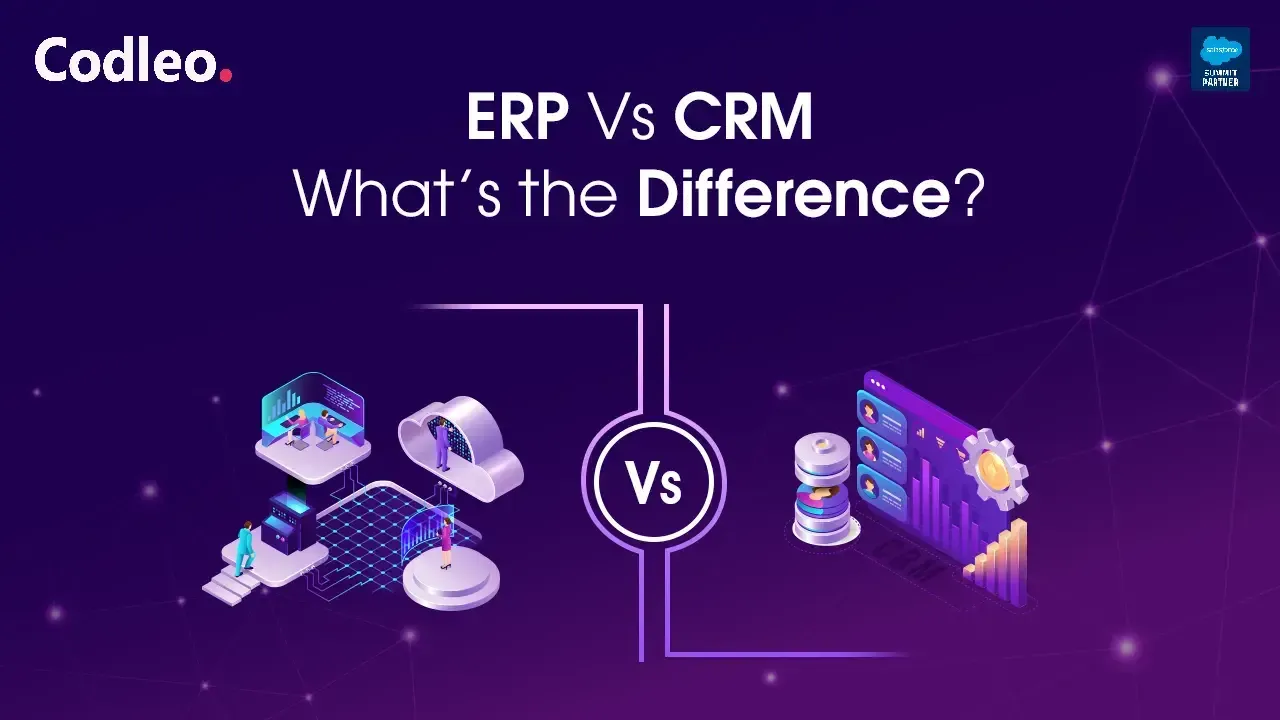Publish date:
For users of all types of software, testing is a routine and important part of the lifecycle to ensure that all is ‘ fit and fine ‘. It provides reassurance that the software retains is capabilities and is in pristine shape along the journey with you. With an experienced team / vendor like Codleo performing tests, it ensures the integrity of your org, success, and integration with new tools /software as and when they come in the market and are needed by the employees of a business.
Below are listed some important reasons for testing:
-
It validates that code and configuration is working properly
-
It confirms that the org can boost all business processes
-
It ensures that the working condition of the software is in tip – top shape
-
Validates that the org’s initial structure is as per approved / final needs
The issues with regard to testing include:
-
Multiple sandboxes for testing are an expensive proposition. Maintaining one sandbox is believed to cost between 20 to 30% of the entire production. Therefore having more than one is financially a liability.
-
Dirty data bars full testing. Testing with dirty data gives rise to defects & bugs during production, despite undertaking comprehensive testing in a sandbox environment.
-
Obtaining the much needed data aint simple especially when testing is carried out in smaller sandboxes that can take up only a part of the production’s data. Filtering useless data means sieving and improving your test data while ensuring the integrity of the relationships for your needed information.
-
Hard to secure the company’s valuable data. Data theft etc is a big problem and can easily happen when testing takes place using real – time data. Without packing into anonymity any data before transferring it to the sandboxes, you are leaving the data vulnerable to abuse, theft, and so on.
-
Lag in timelines thanks to snail paced and inefficient deployment cycles. Sandbox refreshes can be completed in some hours to some days. Using the data loader tool to transfer information between Orgs is a time-consuming, manual process, especially when not using a full sandbox. Uploading data can lead to the emergence of issues as unwanted triggers and automatic workflows are discharged from your sandbox.
Types of Salesforce testing include:
-
UAT Testing: This type of Salesforce testing promotes system users to test to validate that the application can boost proposed company work processes.
-
Production Testing: Carrying out tests within production repeats testing earlier undertaken by the teams in other environments.
-
Load Testing: This type of testing analyses the org’s performance under a particular load.
-
Security Testing: Under this form of testing, the team reveals threats, vulnerabilities, and causes of concern within the Salesforce application.
-
Integration Testing: This type of Salesforce testing links software modules systematically that are tested as a group.















